Let this sink in: You can increase the ease of purchase for potential buyers through B2B buyer enablement content by 2.8 times!
In the digital age, B2B buyers are more informed than ever. They want to do their research and have access to information that helps them make better purchasing decisions. That's where buyer enablement comes in.
At the outset, some examples of buyer enablement look like this:
- Product demonstrations
- Customer testimonials
- Case studies
- White papers
- Webinars
- Expert consultation
- Comparison tools
- Flexible payment options
- Implementation support
- Training and support
- Educational content
- Customer service
- Personalized content
- Interactive tools and calculators
- Self-service portals and knowledge bases
- Onboarding programs
- Sales enablement tools
- Community forums and user groups
- Mobile applications
- Live chat support
Need tools, not theory? Skip to our 10 best buyer enablement tools guide that actually accelerate deals—from interactive demos to contract automation.
However, as we delve deeper into why buyer enablement is important, we also unravel:
- The difference between buyer enablement and sales enablement
- The best buyer enablement tasks for successful purchase completion
- The buyer enablement process, strategy, and best practices
Keep reading to empower your buyers and improve your sales :)

What is Buyer Enablement?
A buyer enablement approach gives B2B buyers the knowledge, resources, and tools they need to make wise purchase decisions.
The main objective of buyer enablement is to support customers in their B2B decision-making and buying process.
Do you ever feel overwhelmed when making a big purchase?
That's where buyer enablement comes in! Businesses can establish trust and credibility with buyers and position themselves as thought leaders using relevant and useful information.
The concept of buyer enablement recognizes buyers' changing needs and expectations. As a result, businesses must adapt their marketing and B2B sales strategies to meet these changing needs.
Why is Buyer Enablement So Important?
Businesses adopt the buyer enablement strategy more frequently as they realize the importance of empowering customers throughout the purchase process. Here are some reasons why buyer enablement is so important:
B2B Buying Means Information First, Interactions Later
Did You Know? In the B2B sales landscape, sales representatives only have a measly 5% of a customer's attention during the buyer journey!
Here's another surprising fact: 44% of millennials would rather avoid interaction with sales reps altogether!
Before buyers are prepared to interact with sales leaders and representatives, sales organizations must offer them pertinent and helpful information, building credibility and trust with buyers, and positioning themselves as thought leaders.

Decisions During the B2B Buying Journey are Complex
According to a recent Gartner survey, a whopping 77% of respondents found the B2B buying process to be a difficult experience.
Six to ten decision-makers typically make up a buying team for a sophisticated B2B solution. Moreover, each buying decision maker comes to the table with four to five pieces of independent research that they must resolve conflicts with the group.
Hence, businesses must give customized information to meet the demands of the key stakeholders, considering their worries and pain points.
This helps organizations assist customers in navigating the complexities of the B2B purchasing process and making informed decisions that align with their corporate objectives.
B2B Buyer Enablement is All About Teamwork
Successful B2B purchasing choices involve cooperating and aligning all departments and roles within a business since it is a team sport.
Businesses may aid in this collaboration and ensure all parties are on the same page by giving customers the appropriate information and tools.
Result?
- Higher levels of consumer satisfaction
- Quicker purchase cycles
- Improved decision-making
Buyer Enablement vs. Sales Enablement: What's the Difference?
Buyer enablement and sales enablement are two related but distinct concepts in B2B sales and marketing. Here are the main differences between the two:
Focus
Sales enablement empowers B2B sales teams with the information, tools, and resources they need to close deals.
In contrast, buyer enablement focuses on empowering buyers with the information and resources they need to make informed purchasing decisions.
Ready to implement? We've tested 10 buyer enablement tools across five categories. Find the one that fixes your biggest bottleneck—whether it's demos, scheduling, or contracts.
Timing
Sales enablement occurs after a salesperson has engaged with a prospect and is working to move the opportunity forward.
In contrast, buyer enablement occurs before a salesperson engages with a prospect and is intended to give knowledge that aids the buyer in moving through the purchasing experience.
Content
Sales enablement content typically focuses on product features, benefits, and competitive differentiators. It is designed to help sales teams articulate value to prospects.
Marc Grewenig, Co-founder at emlen, writes in his LinkedIn post, “Content is the foundation on which you educate, engage, and enable your buyer to make informed purchasing decisions.”
The focus of buyer enablement's content to make educated selections is more on market trends, best practices, and educational tools.
Goals
Sales enablement aims to help sales teams win more deals and achieve their revenue targets.
In contrast, the goal of buyer enablement is to help buyers make informed purchasing decisions that are aligned with their organizational goals.
While buyer enablement and sales enablement attempt to provide stakeholders with the appropriate knowledge and tools, their focus, timing, content, and objectives differ.
6 Buyer Enablement Tasks for Successful Purchase Completion
Buyer enablement tasks ensure successful purchase completion. Here are six buyer enablement tasks that can help ensure a successful purchase:
Task 1: Identify the Buyer's Needs
The first task in buyer enablement is understanding the buyer's needs and pain points. This involves:
- Asking questions
- Gathering information
- Analyzing data
Task 2: Provide Relevant Information
Once the buyer's needs have been identified, the next step is to provide relevant information that helps the buyer make an informed decision. This can include:
- Product information
- Pricing details
- Testimonials
- Case studies
Task 3: Offer Customized Solutions
Buyers appreciate customized solutions that address their specific needs. Therefore, offering solutions tailored to the buyer's requirements and preferences is non-negotiable!

Task 4: Streamline the Buying Process
Buyers are often frustrated with a complex and time-consuming buying process. By streamlining the buying process and eliminating unnecessary steps, buyers are more likely to complete the purchase.
Task 5: Provide Ongoing Support
Once the purchase has been completed, it's important to provide ongoing support to the buyer. This can include:
- Training
- Implementation support
- Customer service
Task 6: Measuring Success
Finally, it's important to measure the success of the buyer enablement process. This involves analyzing data and feedback from the buyer to identify areas for improvement and make necessary adjustments to the process.
To elevate their potential customers' buying and decision-making journey, organizations can perform these six buyer enablement activities.
How to Kickstart the B2B Buyer Enablement Strategy and Process?
To kickstart the B2B purchasing and decision-making process and strategy, here are some tips to get started:
- Create buyer personas to identify your target audience's specific needs, pain points, and preferences.
- Create blog posts, podcasts, ebooks, whitepapers, and other types of content that address common questions and concerns regarding buyer behavior.
- Your website should be mobile-friendly, load quickly, and include clear calls to action to help guide potential buyers through the B2B purchase process.
- Providing free trials or Interactive demos of your product or service can build trust and confidence in your brand and increase the likelihood of a successful purchase.
By implementing the buyer enablement content strategies, sellers can provide modern buyers with the information and support they need to make informed purchasing decisions.
How to Get More Customers with Buyer Enablement?
Here are some ways to get more customers with attention to buyer enablement:
- Share your content on social media, engage with your audience, and respond to their questions and comments.
- Use data and analytics to personalize your messaging and content to each customer's specific needs and preferences.
- Build stronger relationships with your current customers and increase their loyalty to your brand.
- Answer questions, address concerns, and provide support throughout the business buying process to build trust and confidence in your brand.
By implementing these ways, you can:
- Experience an increase in repeat purchases and referrals among your customer base
- Attract and onboard new B2B customers and build stronger relationships
Are You Following these 3 Buyer Enablement Best Practices?
Here are three buyers enablement best practices that can help improve your B2B sales process, including the use of product demos:
Product Demos
70% of B2B buyers confessed that the mere presence of demos or free trials from tech vendors could push them over the purchase line. Product demos can help buyers understand how your product works, how it can solve their problems, and how it compares to other solutions in the market.
Customer Education
Provide buyers with information that will aid in their understanding of your product, its advantages, and potential applications, such as whitepapers, ebooks, webinars, and case studies. This way, you can increase their faith in you, demonstrate your subject-matter knowledge, and increase sales.
Personalization
To personalize your approach, segment your buyers by demographics, firmographics, and behaviors. Then, create targeted content and outreach campaigns that meet their unique needs and preferences.

The Ultimate Remedy for B2B Buyer Enablement in 2025
😯Demonstrating your products more interactively?
😧Through tailored product demos?
🤯 In a few minutes?
Show us a better buyer enablement tactic - we'll wait :D
Or
Switch to Storylane's no-code platform to create engaging product demos, improve conversions, and drive more sales!

.svg)
.svg)








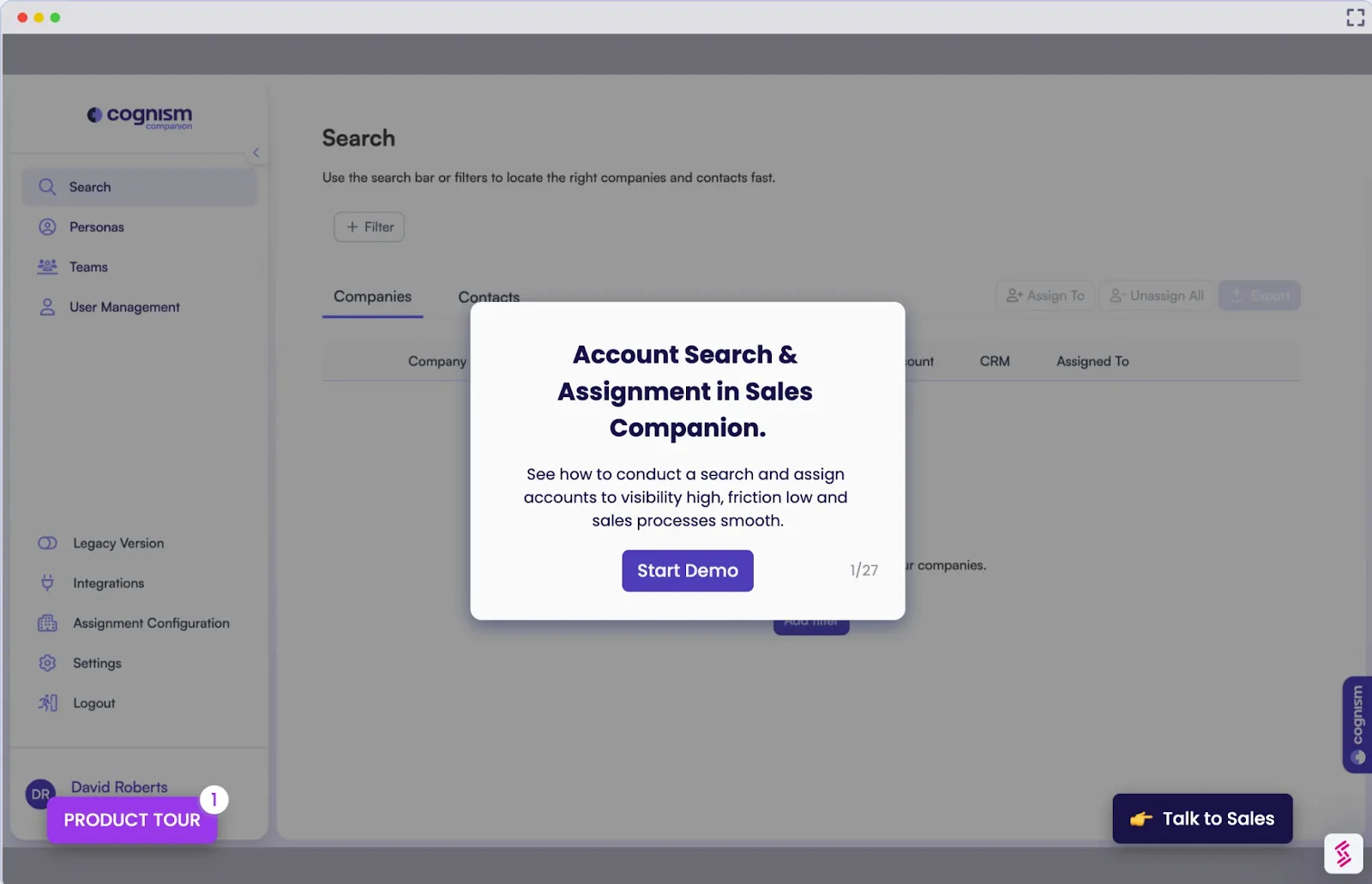
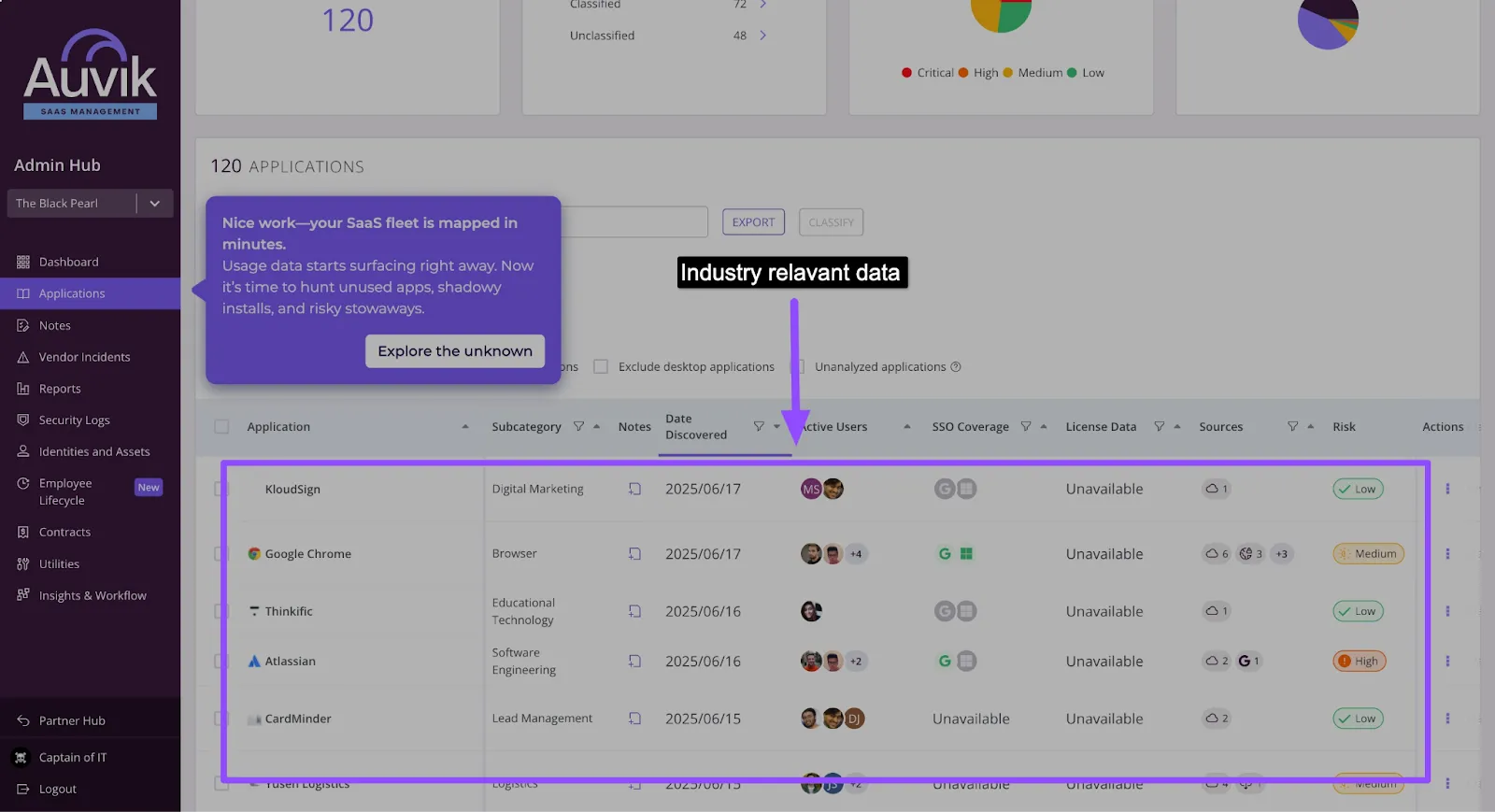
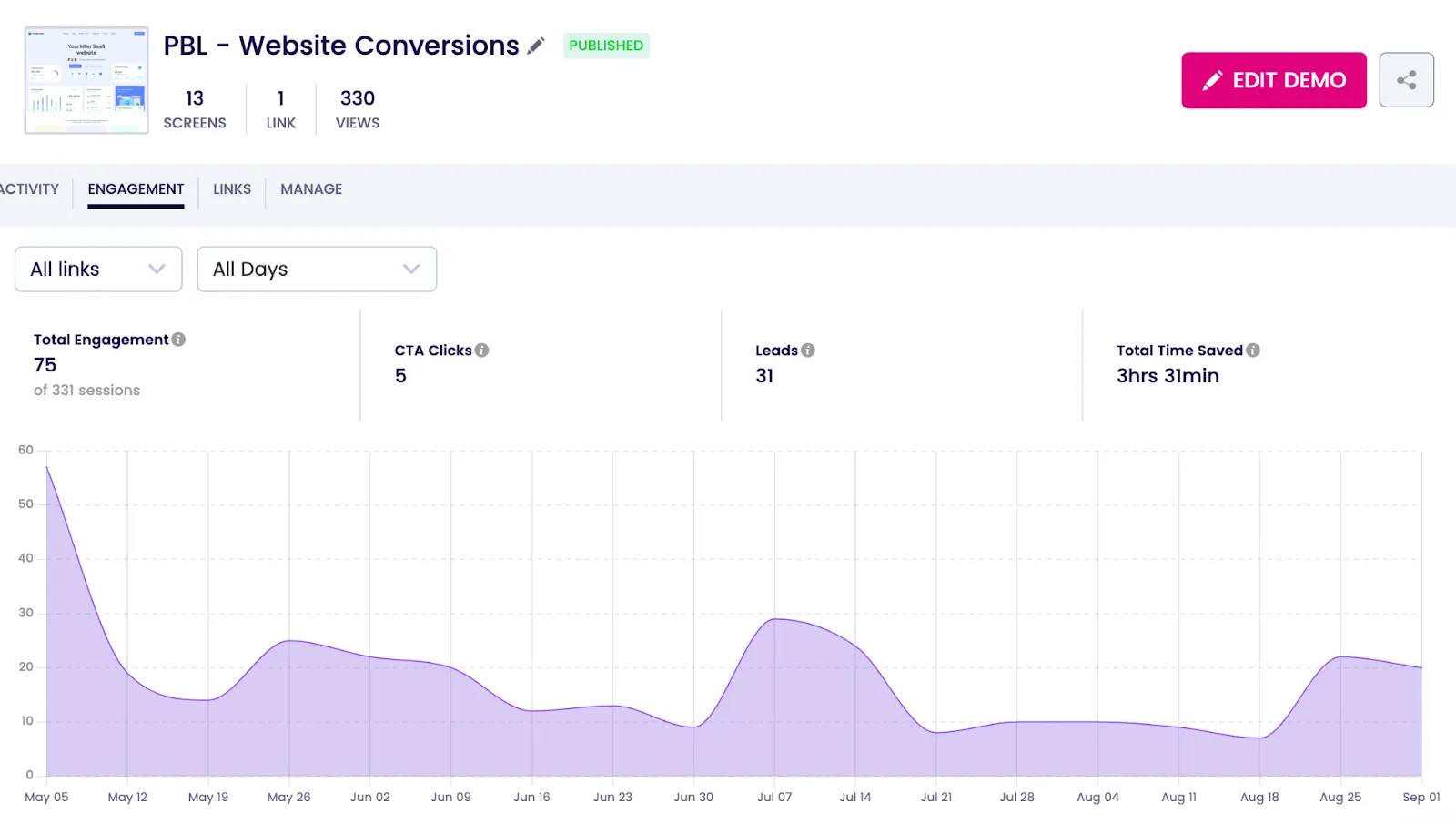
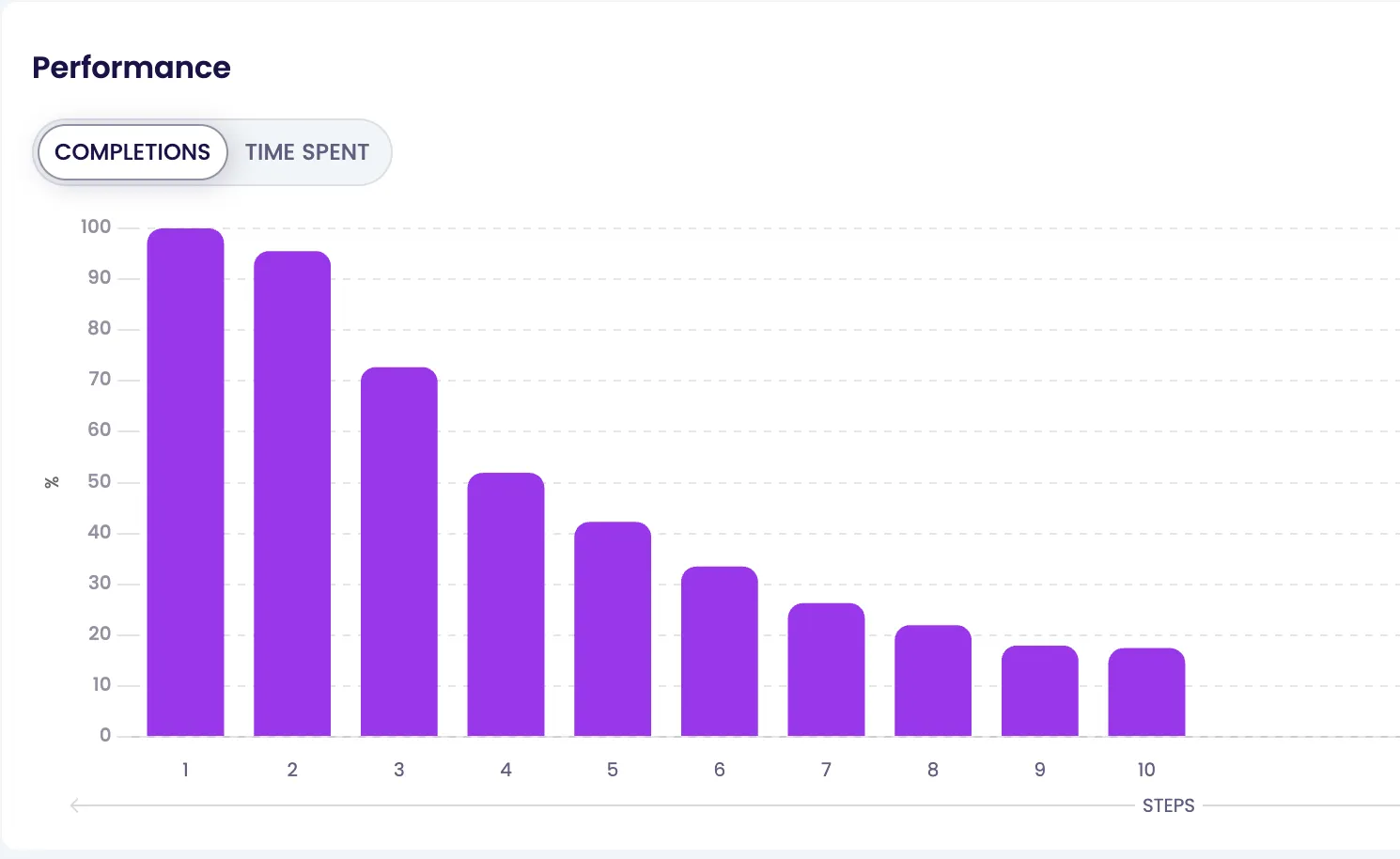
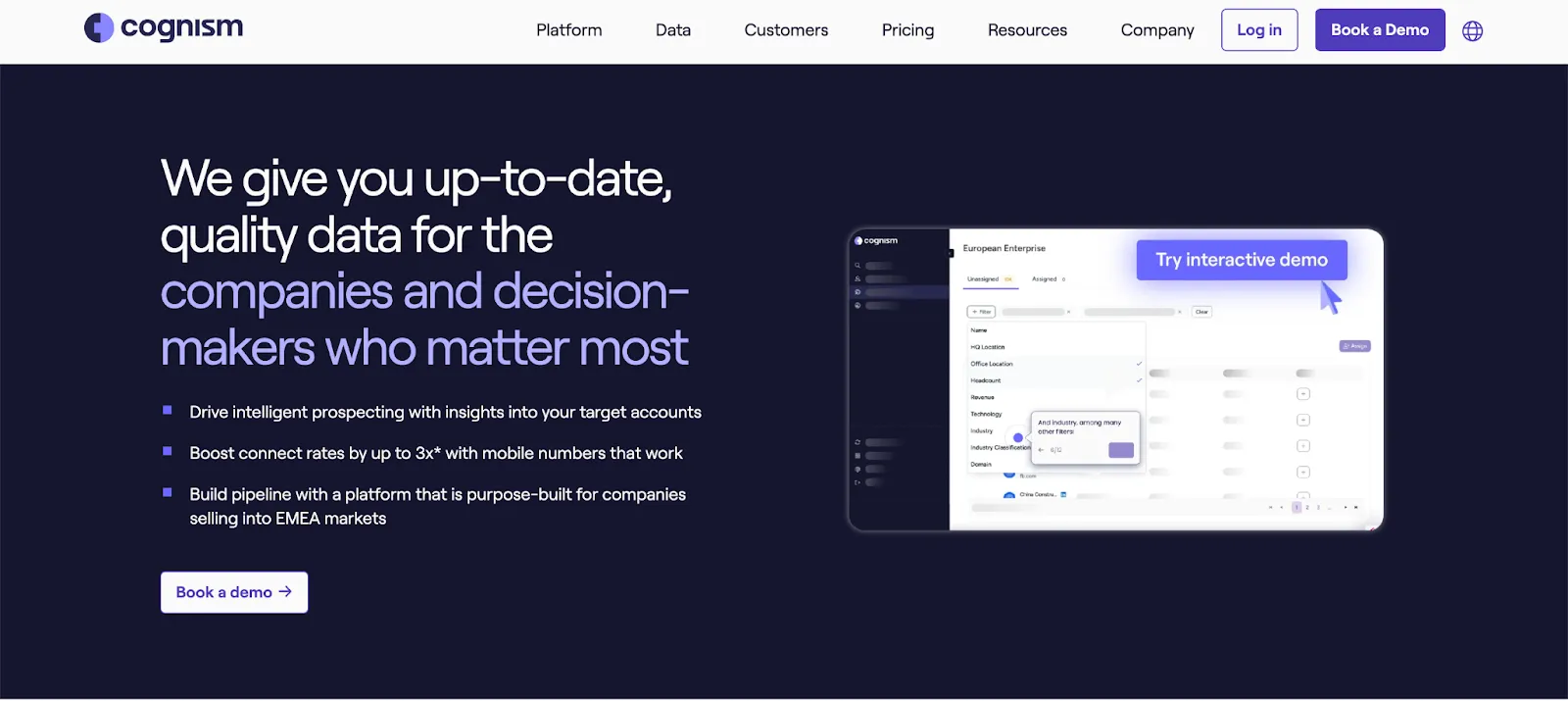



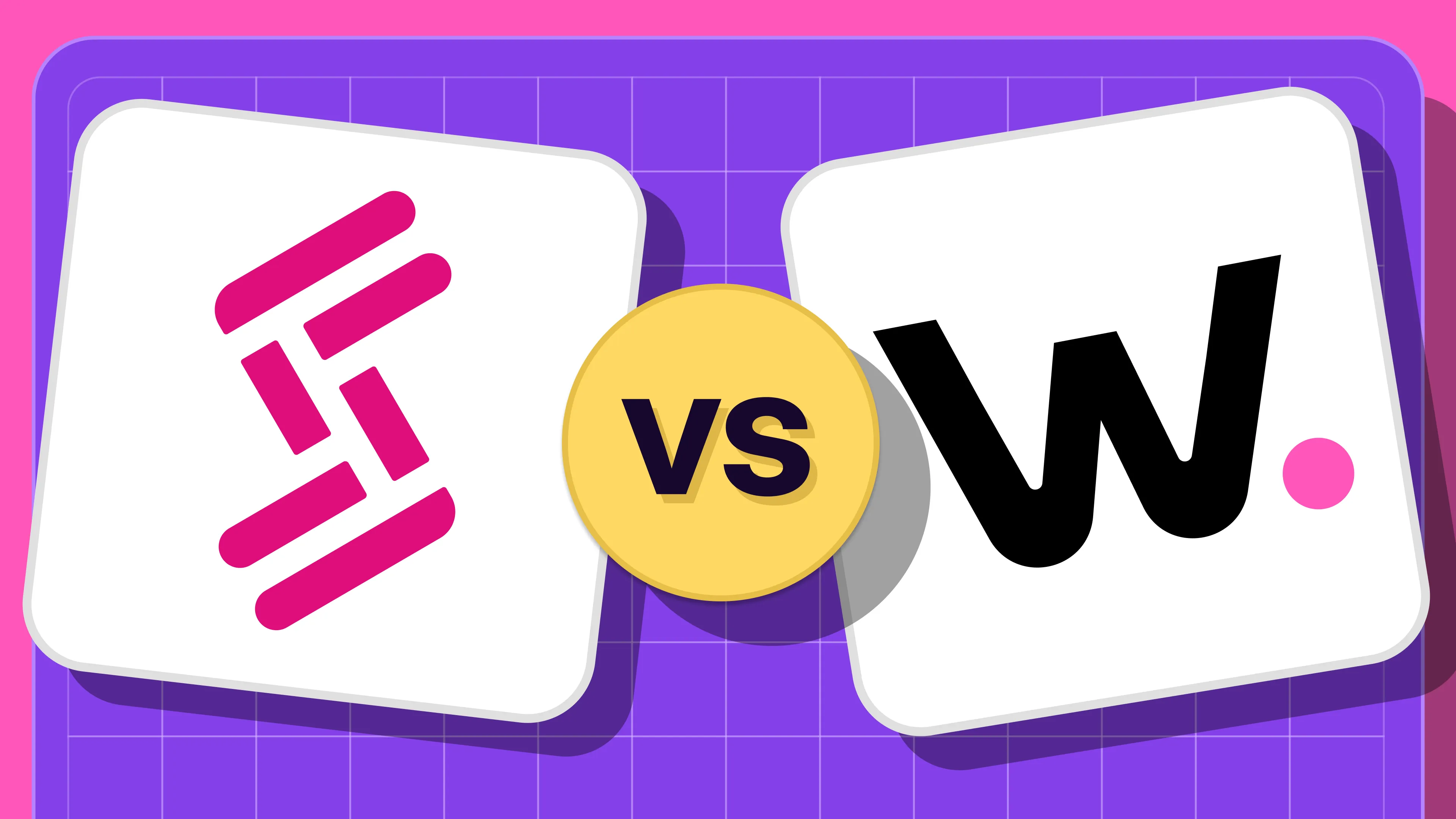
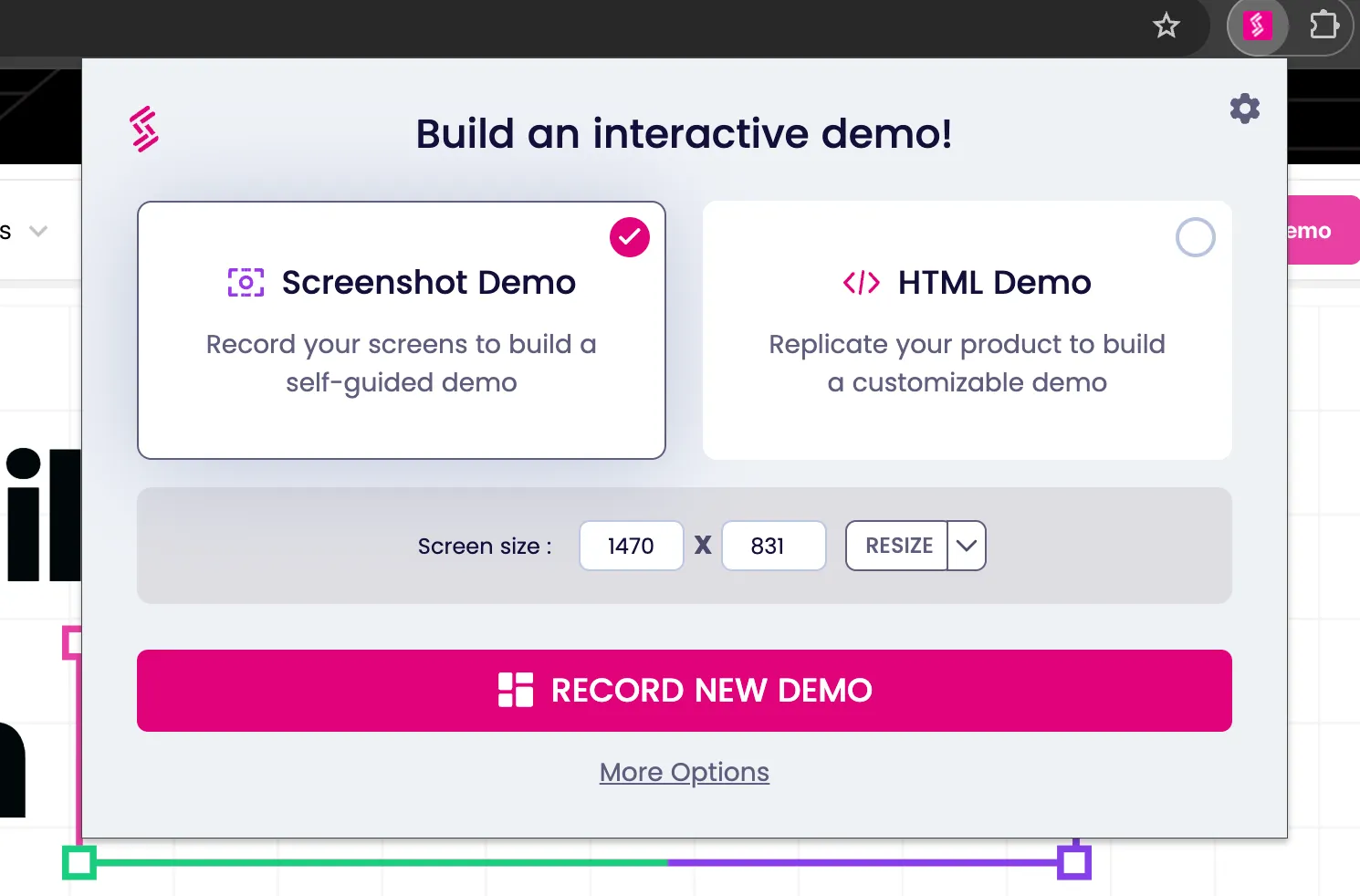

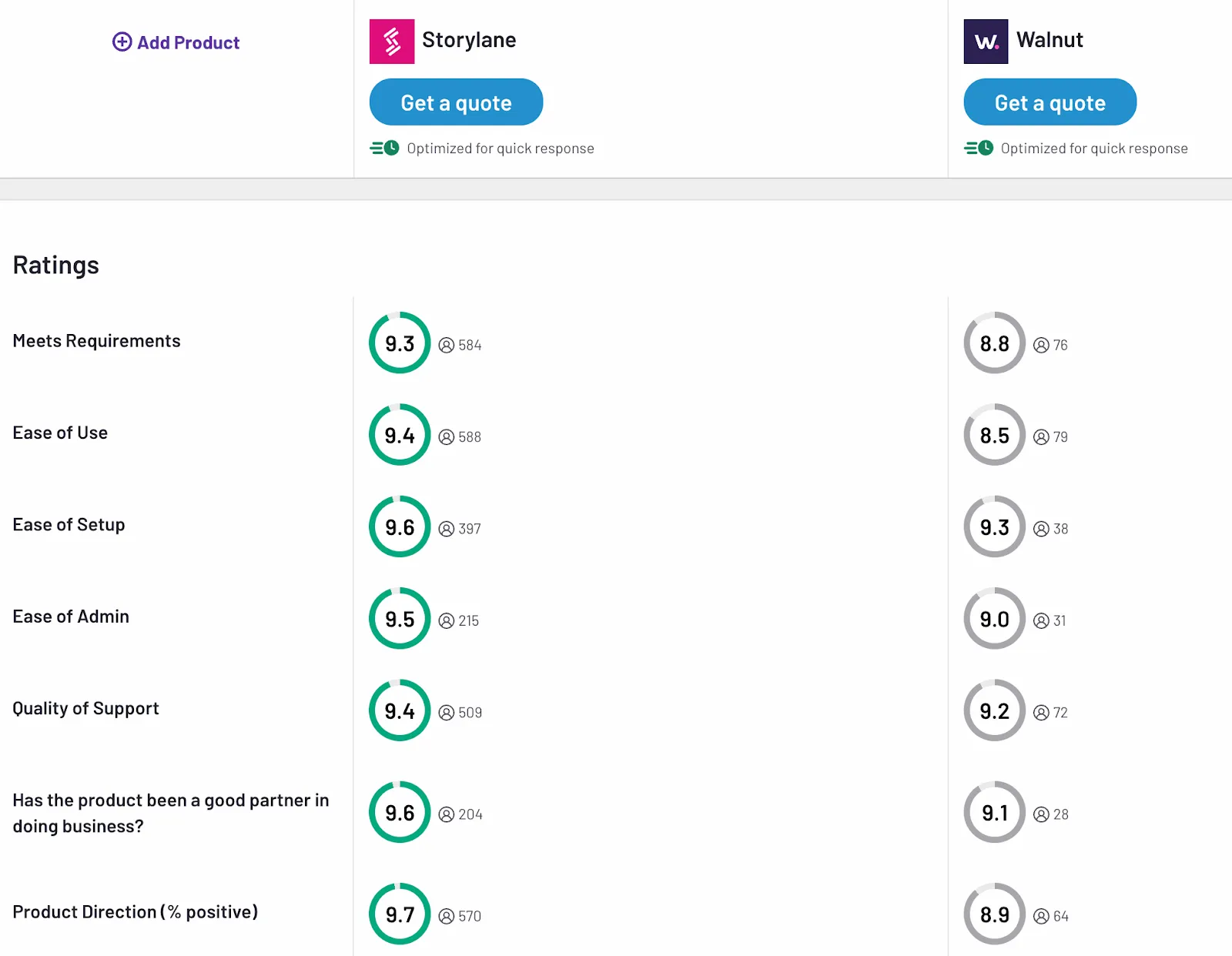
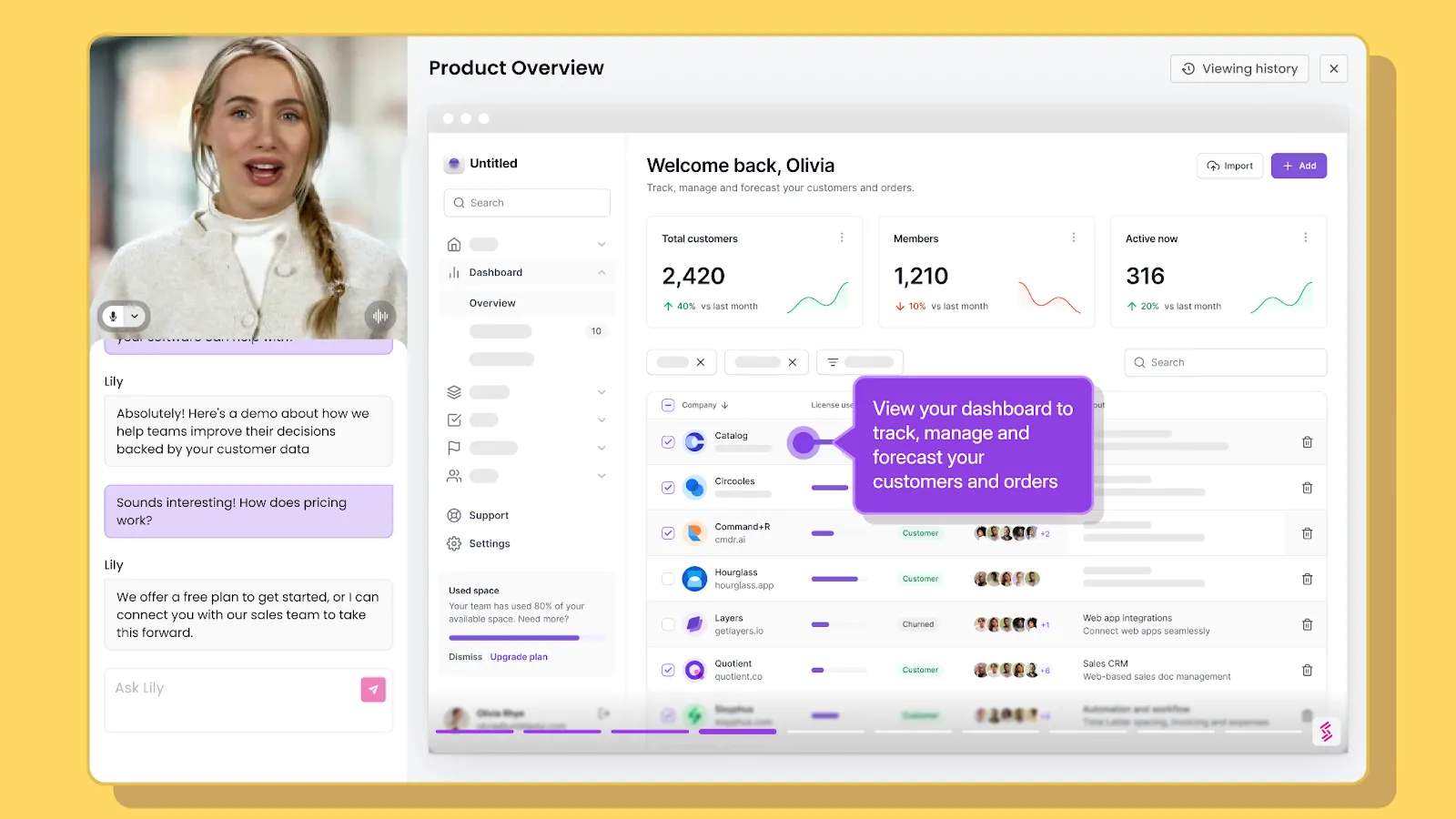







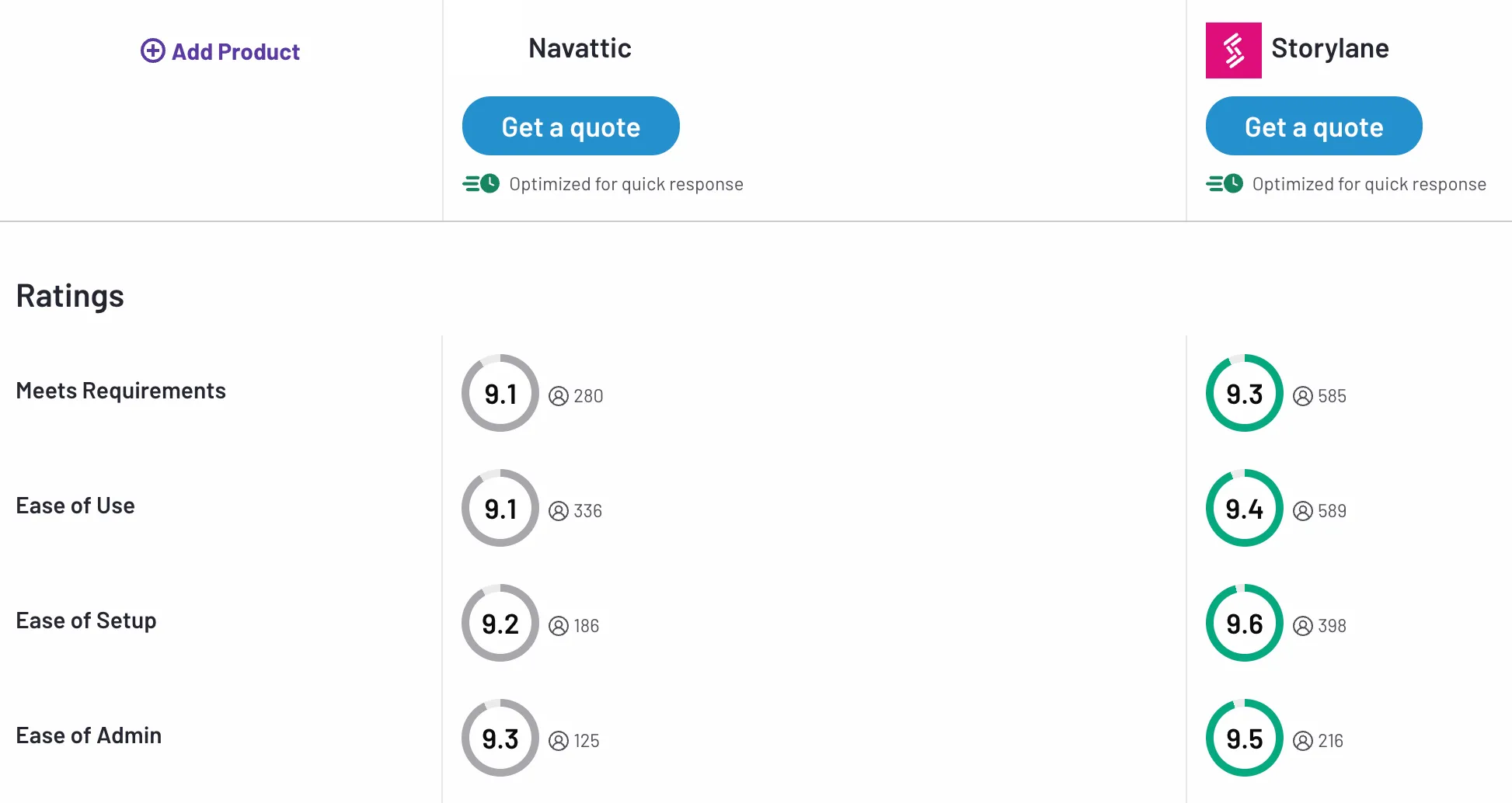

.svg)

.webp)